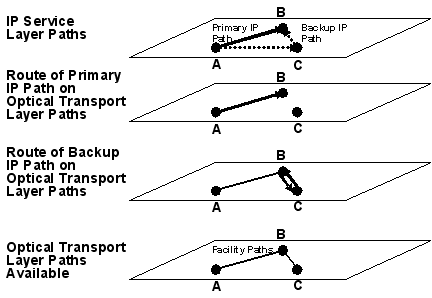
By
Darryl S. Brown
As Communications Service Providers (CSPs) worldwide are adjusting their business plans to align with the increasing overlap of wireless, wireline, cable, broadcast, and Internet communications, they are finding themselves having to introduce new, unfamiliar services at an unprecedented rate. Some of these services are information-rich and many, like streaming video, Web 2.0 applications and multi-player gaming, can require 100 times or more the network bandwidth of traditional voice to support them.
Most of these services are being touted as highly reliable and high-quality. To support these claims, carriers are choosing new or enhanced packet-based IP and Ethernet infrastructures to ensure Quality of Service (QoS). This shift, however, creates the following issues for network planners as they plan network additions to support new services:
- Determining the most overall cost-effective network configuration for supporting these services, including multiple layers of new access technologies, Metropolitan Ethernet (including the emerging Provider Broadband Technology), Internet Protocol (IP), Multiprotocol Label Switching (MPLS), Fiber to the X, and Automatically Switched Optical Networks (ASON).
- Designing the network to achieve the QoS required during normal and exceptional network events such as overloads and network failures, while taking into account the complex layering and interconnection of these multiple technologies.
- Taking estimates on adoption rates in various markets from the marketing organization and turning them into resource requirements. Equally challenging is doing so in the face of uncertain service adoption rates, which can lead to further uncertainties in the timing and placement of network resources required to support these services with a high QoS. This is especially true for bandwidth-hungry video services, where small differences in market adoption rates mean large changes in the network resources required to support them.
|
|
A strong, multi-technology, multi-domain Integrated Network Planning system provides a set of plans that automatically mesh into a single, coherent, cost-effective master plan for the next-generation network. |
|



To do this job effectively and avoid the above issues, network planning organizations are increasingly utilizing a new generation of comprehensive Integrated Network Planning systems that can:
- Plan multi-technology, multi-layered networks in a holistic manner – across technologies and geographies, while taking into account all of the services to be carried.
- Plan across the multiple layers of the network to ensure that outages in underlying layers do not cause QoS violations for the various IP-based services.
- Re-plan the network as service adoption rates and demographics become clearer.
Holistic Network Planning
Integrated Network Planning systems plan multi-technology, multi-layered network in a unified manner – across technologies, across geographies and taking into account all of the services to be carried, instead of layer-by-layer, as manual methods used to do. The traffic presented to the metropolitan network
|
|
|

Figure 1: An example of an incorrect backup diversity plan
|
|

|

article page
| 1
| 2
| 3
| |
|





